Government Initiatives and Funding
The Rehabilitation Robots Market is benefiting from various government initiatives and funding aimed at enhancing healthcare infrastructure. Governments are increasingly recognizing the importance of rehabilitation technologies in improving patient outcomes and are allocating resources to support research and development in this field. For example, funding programs are being established to encourage innovation in rehabilitation robotics, which is expected to stimulate market growth. Additionally, public health policies that promote the integration of advanced rehabilitation solutions into healthcare systems are likely to further drive demand. As a result, the market for rehabilitation robots is anticipated to flourish, supported by these favorable governmental actions.
Rising Incidence of Chronic Diseases
The Rehabilitation Robots Market is significantly influenced by the rising incidence of chronic diseases, which necessitate long-term rehabilitation solutions. Conditions such as stroke, arthritis, and neurological disorders are becoming increasingly prevalent, leading to a higher demand for rehabilitation services. According to recent statistics, approximately 795,000 individuals in the United States experience a stroke annually, many of whom require extensive rehabilitation. This growing patient population is driving the need for effective rehabilitation robots that can assist in recovery. The market is expected to expand as healthcare providers seek innovative solutions to address the rehabilitation needs of these patients, thereby enhancing the overall quality of care.
Growing Awareness of Rehabilitation Robotics
The Rehabilitation Robots Market is witnessing a rise in awareness regarding the benefits of rehabilitation robotics among healthcare professionals and patients alike. Educational initiatives and outreach programs are helping to disseminate information about the advantages of using rehabilitation robots in therapy. This growing awareness is leading to increased acceptance and adoption of these technologies in clinical settings. Furthermore, as more success stories emerge, showcasing the effectiveness of rehabilitation robots in improving patient outcomes, healthcare providers are more inclined to invest in these solutions. Consequently, the market is expected to grow as the understanding of rehabilitation robotics continues to expand, driving demand for innovative rehabilitation solutions.
Technological Advancements in Rehabilitation Robots
The Rehabilitation Robots Market is experiencing a surge in technological advancements that enhance the efficacy and efficiency of rehabilitation processes. Innovations such as artificial intelligence, machine learning, and advanced sensor technologies are being integrated into rehabilitation robots, allowing for more personalized and adaptive therapy solutions. For instance, the incorporation of real-time data analytics enables therapists to monitor patient progress more accurately and adjust treatment plans accordingly. This trend is reflected in the projected growth of the rehabilitation robots market, which is expected to reach USD 2.5 billion by 2026, driven by these technological improvements. As a result, the demand for sophisticated rehabilitation robots is likely to increase, further propelling the market forward.
Aging Population and Increased Demand for Rehabilitation
The Rehabilitation Robots Market is poised for growth due to the aging population, which is leading to an increased demand for rehabilitation services. As individuals age, they often face mobility challenges and require assistance in regaining their independence. The World Health Organization estimates that by 2050, the number of people aged 60 years and older will reach 2 billion, significantly impacting healthcare systems worldwide. This demographic shift is prompting healthcare providers to invest in rehabilitation robots that can facilitate recovery and improve the quality of life for elderly patients. Consequently, the market for rehabilitation robots is likely to expand as these technologies become integral to elder care.


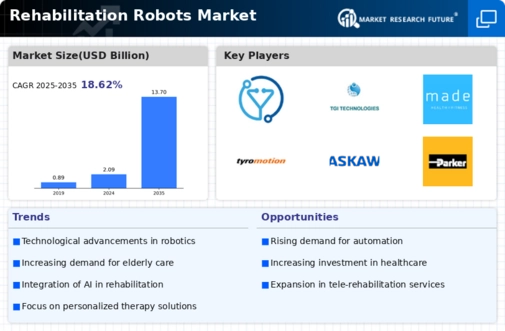
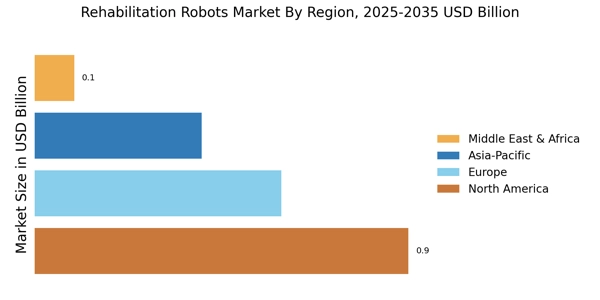
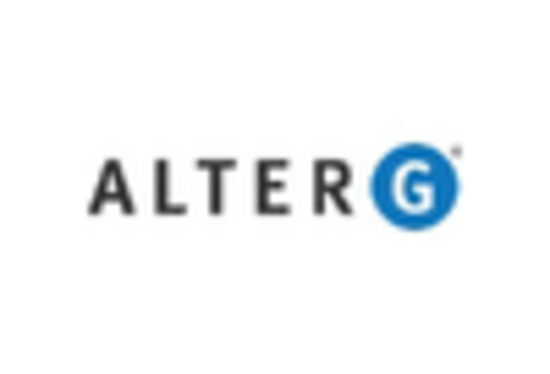
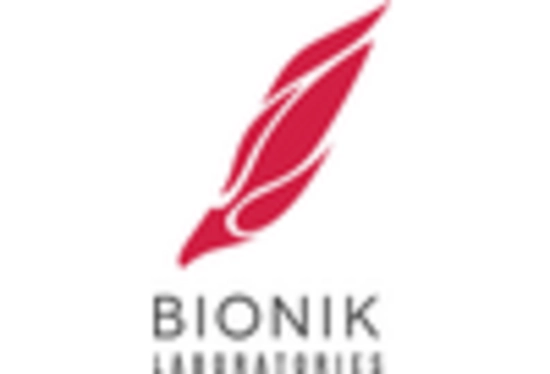

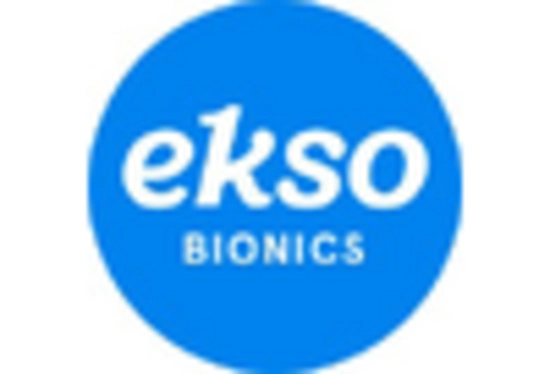
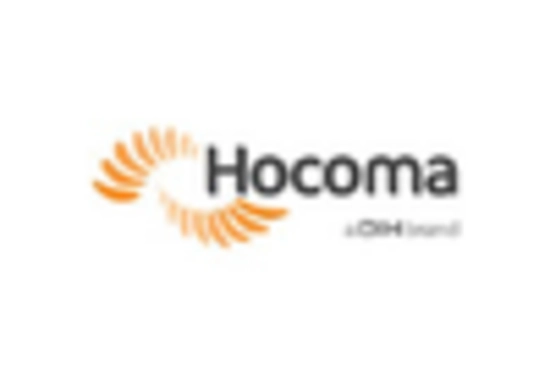
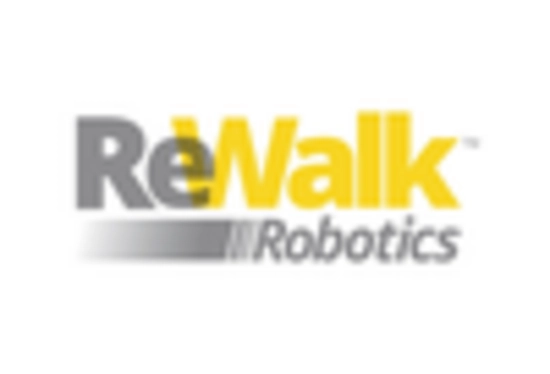








Leave a Comment